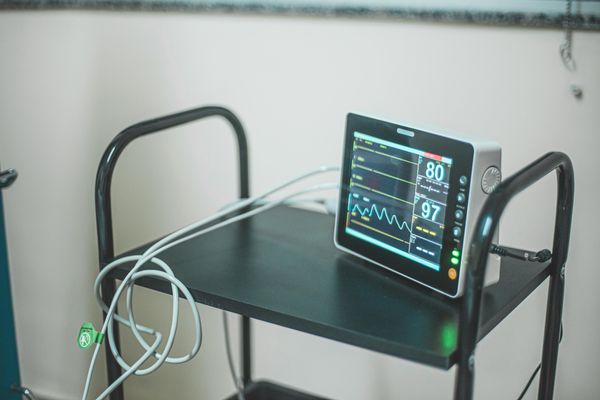
The Chinese commercial launch firm iSpace is once again putting satellites into orbit.
The company's sixth Hyperbola-1 rocket lifted off from the Jiuquan Satellite Launch Center in northwest China at 2:00 a.m. EDT (0700 GMT, 3:00 p.m. Beijing time) on Sunday (Dec. 17).
Aboard was the recoverable Di'er-1 (DEAR-1) test satellite. The spacecraft is described as an A-10 series micro-spacecraft verification satellite developed by AZSPACE, a commercial aerospace company based in Beijing. The satellite is a prototype for a larger B300 series recoverable satellite.
The satellite was cataloged by the U.S. Space Force in a roughly 310-mile (500 kilometers) near-polar orbit.
Related: Chinese rocket startup bounces back from 3 straight failures with successful launch (video)

It is the first time iSpace has placed a satellite in orbit since its historic first launch in July 2019, when the Hyperbola-1 four-stage solid rocket made the company the first Chinese commercial launch startup to reach orbit.
The next three Hyperbola-1 launches all ended in failure. The fifth, launched in April this year, reached orbit but carried no active payload.
AZSPACE is focused on designing recoverable spacecraft and related reentry technologies. The Di'er-1 satellite is designed to conduct small-scale platform technology verification tests in orbit. The spacecraft carries optical-observation and life-science payloads, according to an iSpace statement.
This is how the spacecraft looks like - the company says they have Earth observation & life sciences payload on board, presumably going to be retrieved later in the forward capsule. It's a prototype to their future "B300" series. pic.twitter.com/emPNFKNOfTDecember 17, 2023
AZSPACE earlier this year submitted a proposal for a low-cost space station cargo transportation system following a call for proposals from China's human spaceflight agency, CMSA. It was not selected to progress to the next round, however.
iSpace, meanwhile, has been working on vertical takeoff, vertical landing technologies needed to make its next, larger and more complex launch vehicle — the Hyperbola-3 — reusable. The company conducted a pair of "hop" tests at Jiuquan in recent weeks, with the latest reaching an altitude of 1,125 feet (343 meters) and translating 164 feet (50 m) across to a landing area.
The tests are analogous to SpaceX's Grasshopper hops as part of the development of the pioneering Falcon 9, the first stages of which have launched and landed hundreds of times.
iSpace is targeting a first flight of the Hyperbola-3 rocket in 2025. It will be capable of carrying 29,542 pounds (13,000 kilograms) to low Earth orbit, according to the company.
Sunday's Hyperbola-1 mission was the 62nd Chinese orbital launch of 2023.







